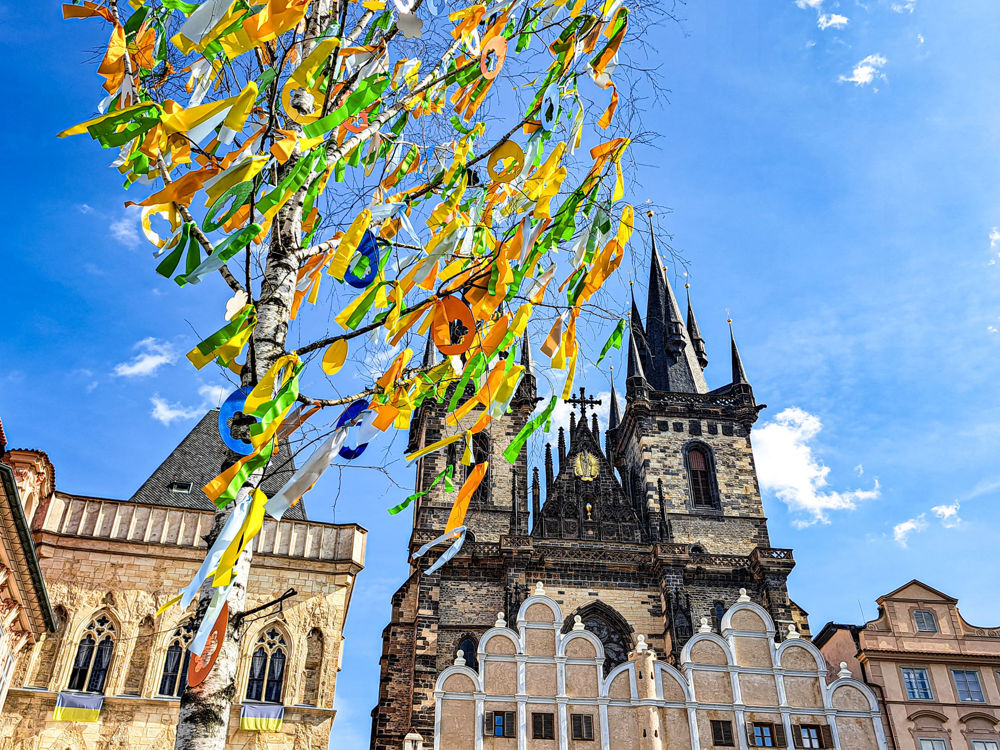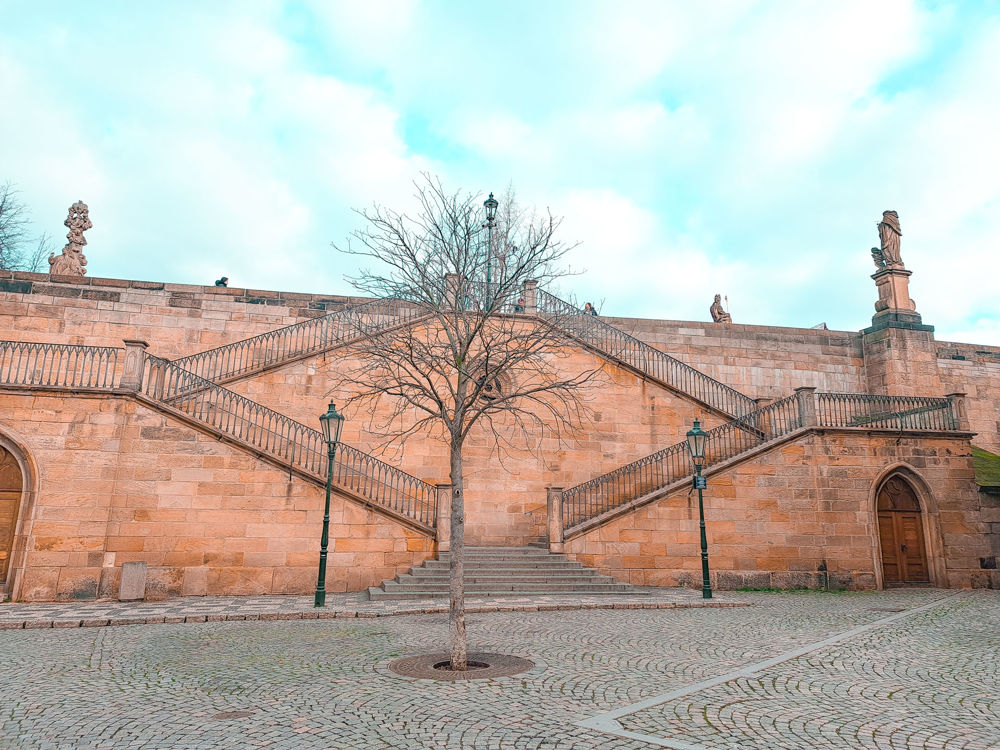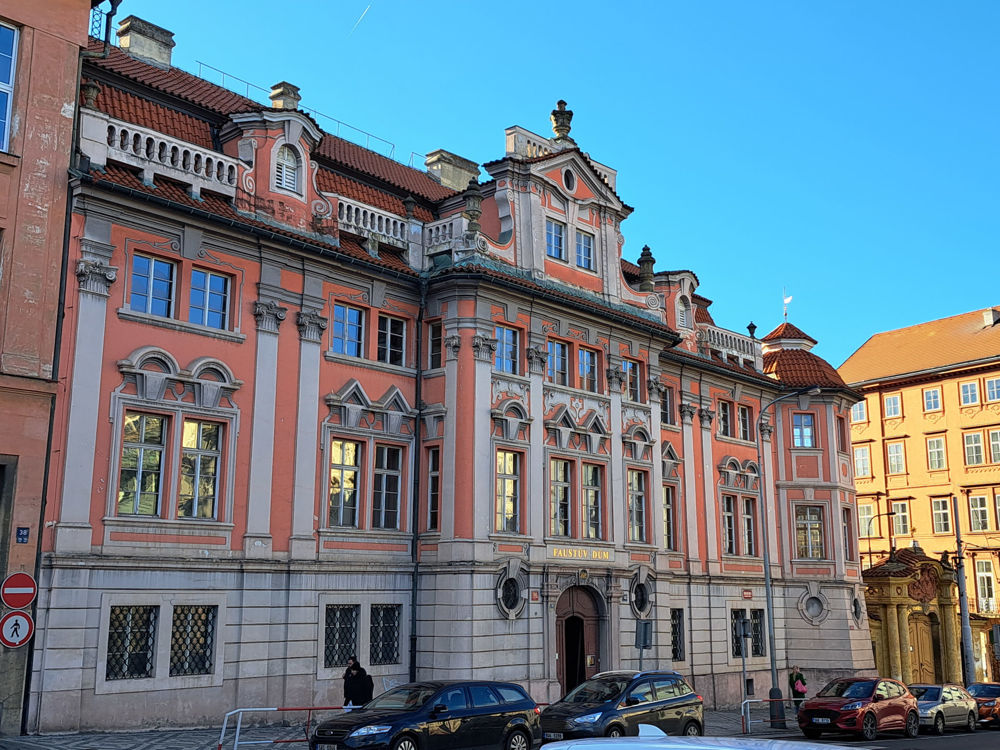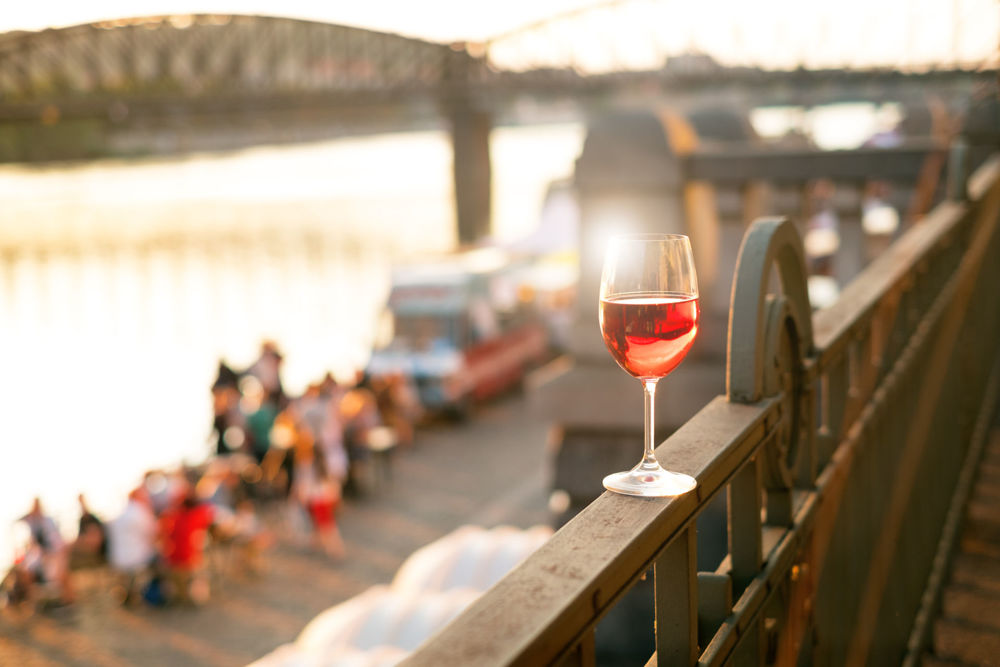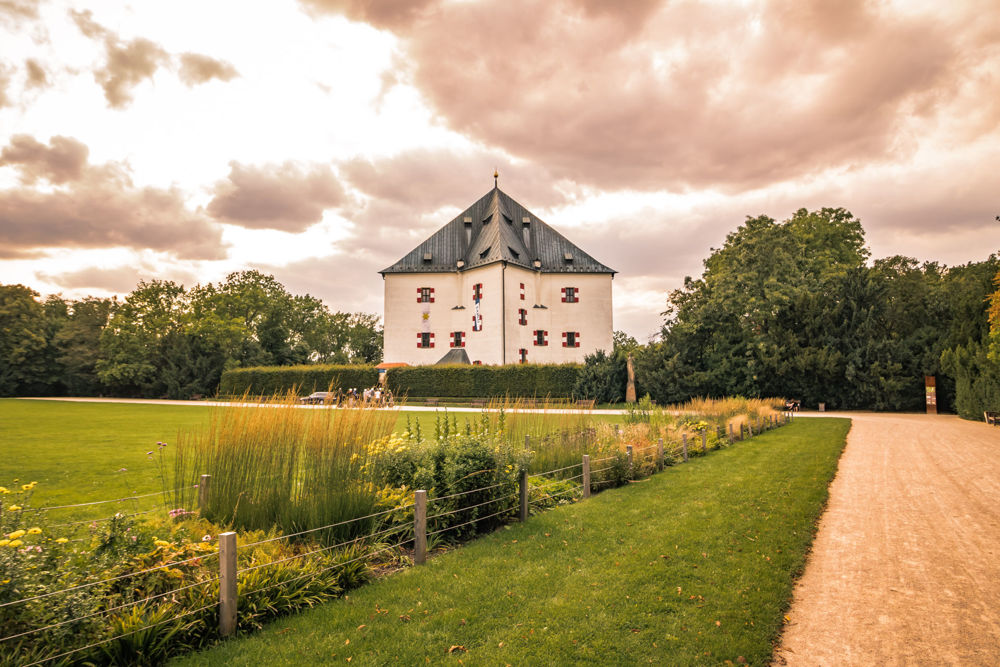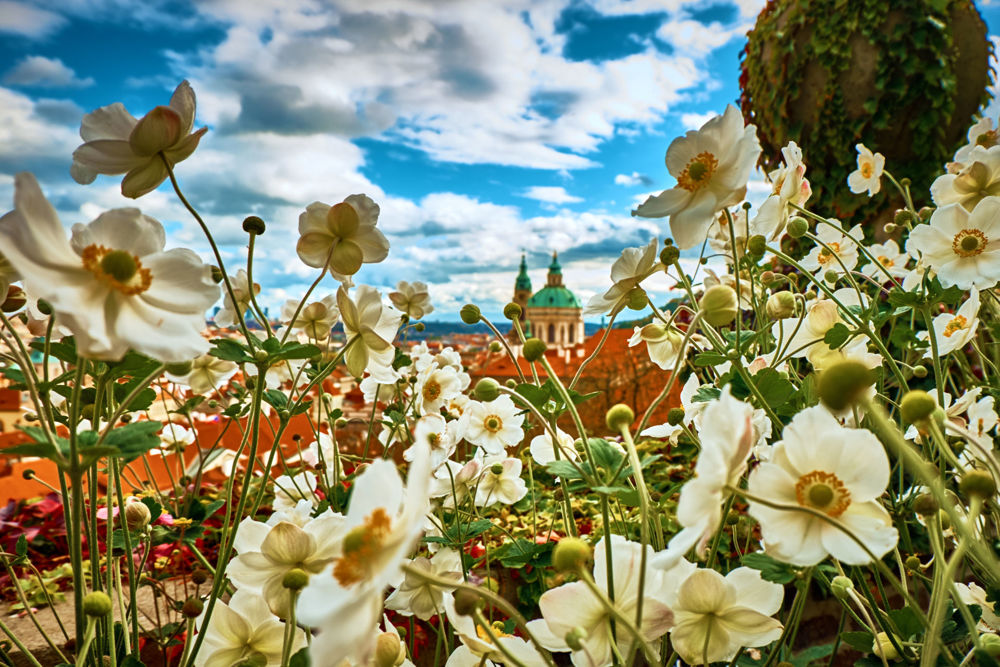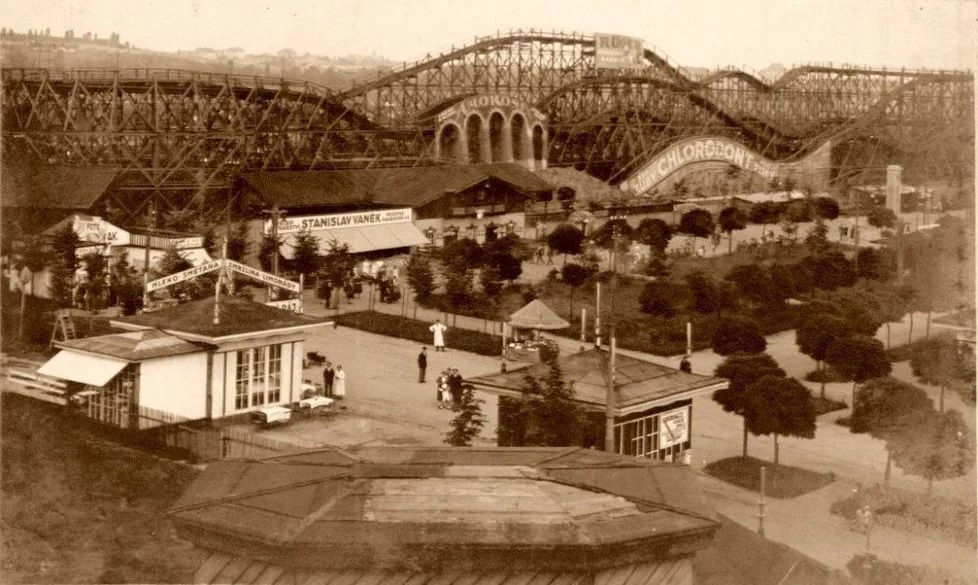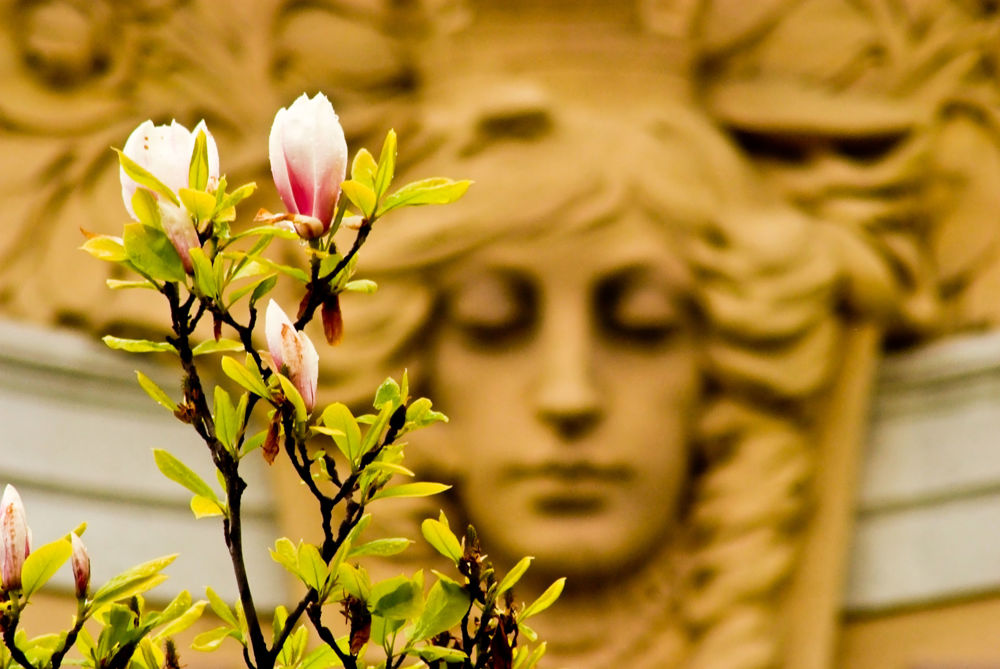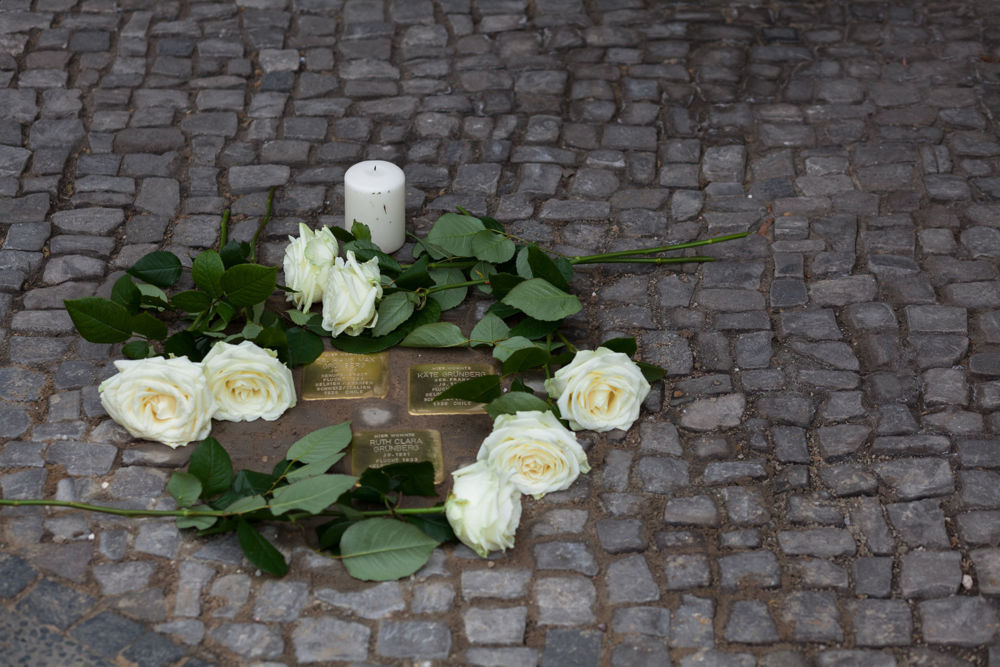The Prague astronomical clock or Prague Orloj is a medieval astronomical clock attached to the Old town hall at the Old town square in Prague.
The clock was first installed in 1410, making it the third-oldest astronomical clock in the world and the oldest clock still in operation.
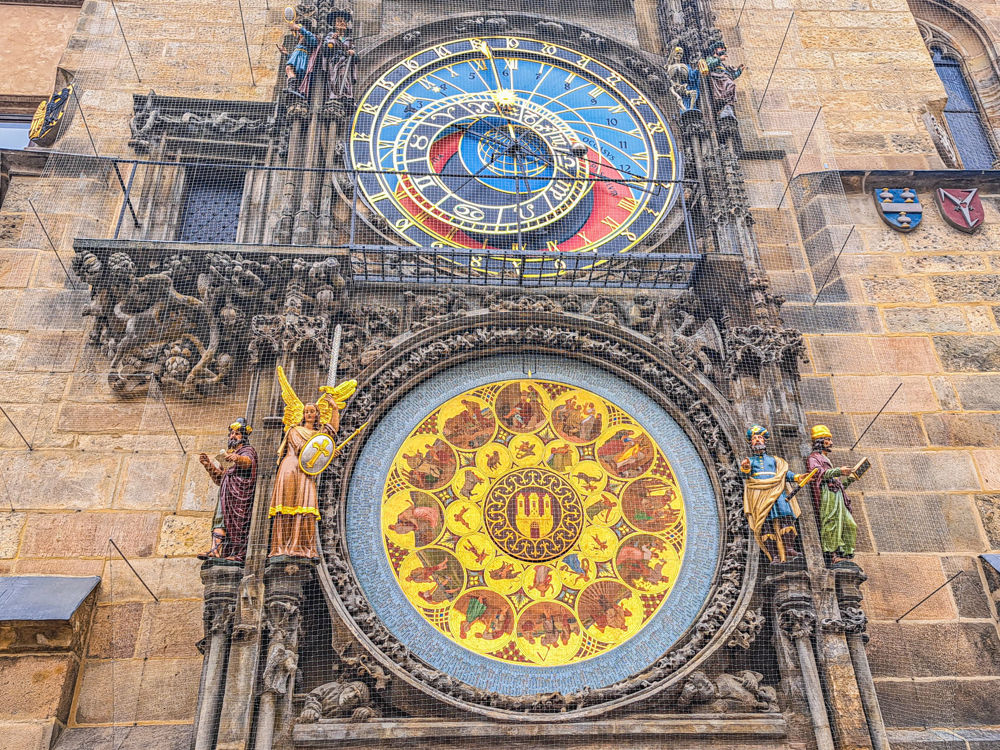
The clock mechanism has three main components – the astronomical dial, representing the position of the Sun and Moon in the sky and displaying various astronomical details; statues of various Catholic saints stand on either sid...



